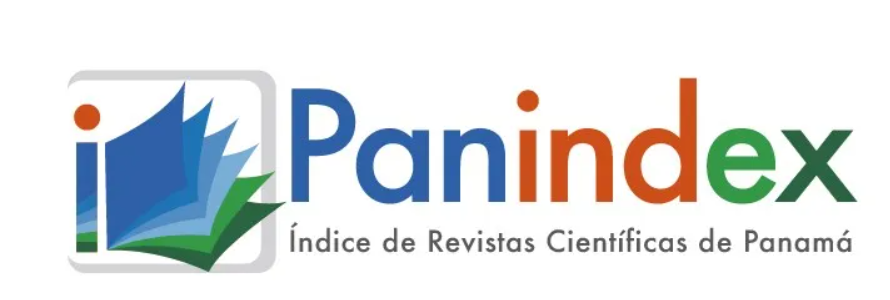The content of the publications and the links suggested in them are the sole responsibility of the authors and not of the METROPOLITAN UNIVERSITY OF EDUCATION, SCIENCE AND TECHNOLOGY (UMECIT) or CATHEDRA magazine. They are protected by international copyright laws just as the UMECIT and CATHEDRA logos, hence their reproduction is totally prohibited
This work is licensed under a Creative Commons Attribution-NonCommercial-NoDerivatives 4.0 International License.
The authors maintain the copyright and transfer the right of the first publication to the journal, with the article registered with Creative Commons Attribution-NonCommercial-NoDerivatives License, which allow others They can download the works published in this magazine and share them with other people, as long as their authorship is recognized, but they cannot be changed in any way nor can they be used commercially.
Authors are recommended to include their work in social networks such as Researchgate and institutional repositories once the article or visible fact has been published on the journal page, without forgetting to include the digital document identifier and the name of the journal.



Abstract
Regulation of the energy sector arises from the beginning of the Republic, when laws relating to electricity and hydrocarbons are made for the first time, we can appreciate this with Law 30 of February 10, 1909, which dictates provisions on acquisition of mines or oil deposits, and Law 60 of December 28, 1912, where the nation assumes the exclusive right to grant on the roads, streets and places of common use, licenses for the installations destined to the production of electric energy for public lighting and private. The rules on energy have changed over time, however, when you talk about energy, you tend to think only about electricity, when hydrocarbons are also included. In both sectors we have institutional and regula- tory frameworks created several years ago, which have been subject to multiple modifications, as in the case of the electricity sector where Act 6 of February 3, 1997, was recently twenty years old, and Law 8 of 16 June 1987, which regulates the activities of hydrocarbons, which finds its main support in Cabinet Decree No.36 of 17 September 2003, which establishes the national hydrocarbons policy and makes other provisions.
Keywords
References
ETESA. (s.f.). Obtenido de http://www.etesa.com.pa/
Código Penal panameño
Código Fiscal panameño
Decreto de Gabinete No.36 de 17 de septiembre de 2003 y sus modificaciones
JORDAN S., W. (2 de Noviembre de 2003). La Prensa. Obtenido de http://impresa.prensa.com/economia/Fuerza-Luz-creacion-IRHE_0_1050645114.html
Ley 8 de 16 de junio de 1987 y sus modificaciones
Ley 45 de 4 de agosto de 2004
Ley 41 de 2 de agosto de 2012
Ley 37 de 10 de junio de 2013 y sus modificaciones
Oficina de electrificación rural (OER). (s.f.). Obtenido de http://www.oer.gob.pa/
Secretaria Nacional de Energía. (s.f.). Obtenido de http://www.energia.gob.pa/
Texto Único de la Ley 6 de 3 de febrero de 1997
Downloads
Publication Facts
Reviewer profiles N/A
Author statements
- Academic society
- Universidad Metropolitana de Educación, Ciencia y Tecnología
- Publisher
- Universidad Metropolitana de Educación, Ciencia y Tecnología




















